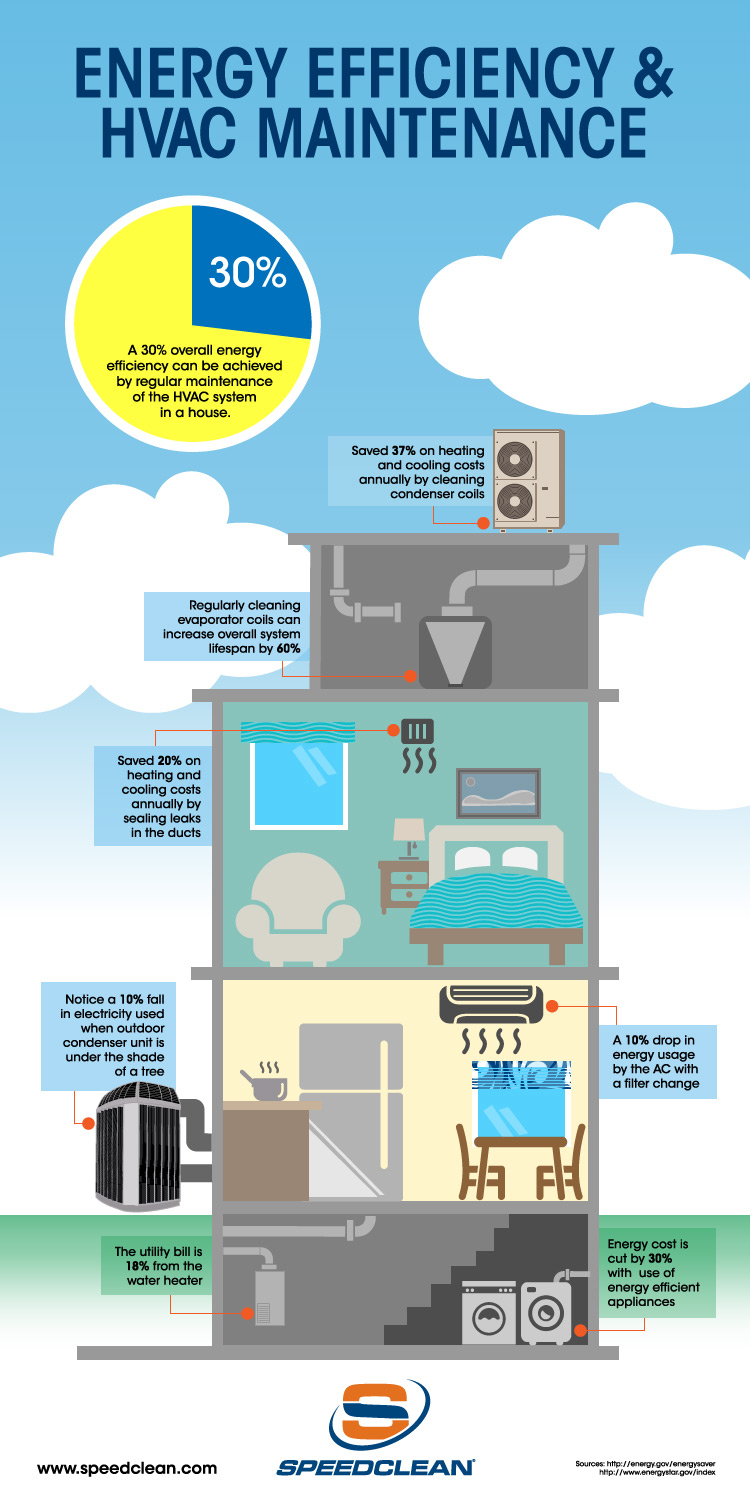Discover The Key Methods To Boost The Efficiency And Lifespan Of Your Heat Pump System By Preventing Common Installment Errors
Discover The Key Methods To Boost The Efficiency And Lifespan Of Your Heat Pump System By Preventing Common Installment Errors
Blog Article
Article Writer-Dowling Gillespie
When setting up a heat pump, you should stay away from typical errors that might endanger its efficiency. Forgeting appropriate sizing may bring about inadequacies and greater energy expenses. Ignoring insulation and sealing could result in power wastage and pressure on the device. In addition, placing the outside system improperly might impact its efficiency. By preventing these errors, you can guarantee optimum working and resilience of your heat pump system.
Improper Sizing of Heat Pump
When it comes to the installment of heat pumps, among the most common blunders is poorly sizing the system for your room. Making certain the appropriate dimension is vital for optimum performance. If the heat pump is as well tiny, it will have a hard time to warm or cool your space successfully, causing enhanced power expenses and possible wear and tear on the unit.
On the other hand, if the heatpump is as well huge, it will cycle on and off regularly, triggering temperature level changes and reducing its life-span.
To avoid this mistake, it's important to have an expert assess your area and recommend the ideal size of the heat pump based upon factors like square video footage, insulation, ceiling height, and neighborhood climate. By spending the moment and initiative to guarantee the correct sizing, you can delight in a comfy atmosphere while taking full advantage of power efficiency and extending the lifespan of your heat pump.
Inadequate Insulation and Sealing
To make certain the efficient operation of your heatpump, it's vital to resolve inadequate insulation and sealing in your room. Correct insulation helps keep a consistent temperature indoors, minimizing the workload on your heat pump. Insufficient insulation can lead to power loss, making your heatpump work harder and much less effectively.
Sealing any type of spaces or leaks in your room is similarly essential. These gaps enable conditioned air to escape and exterior air to leak in, requiring your heat pump to make up for the temperature fluctuations.
Incorrect Placement of Outdoor Unit
Addressing the placement of your heat pump's outdoor system is essential to maximizing its performance. Mounting the exterior unit in a wrong place can cause performance issues and prospective damages to the system.
https://commercialdeepcleaning31739.blog2freedom.com/31192294/if-you-notice-strange-sounds-and-erratic-temperature-changes-it-may-recommend-that-your-heatpump-is-experiencing-concerns-take-action-to-explore-these-indications-before-they-become-larger-problems to avoid is positioning the exterior device too near to a wall surface or various other frameworks. This can limit air movement, causing the system to work more challenging to warmth or cool your area, ultimately reducing its performance and lifespan.
Another mistake to avoid is positioning the outdoor unit in straight sunlight. While some sunlight is inevitable, excessive direct exposure can lead to getting too hot, specifically during warm summertime days. air conditioner installation to place the outside unit in a shaded area to assist maintain its optimum operating temperature.
In addition, ensure that the outside system is positioned on a steady and degree surface area. Uneven ground can create resonances and unneeded pressure on the system, influencing its performance over time.
https://homedepotwindex96173.blog-kids.com/31371062/curious-concerning-the-future-of-heat-pump-technology-find-out-how-it-can-dramatically-enhance-your-home-s-comfort-degrees-and-energy-efficiency
To conclude, staying clear of common errors during heatpump setup is crucial for taking full advantage of performance and longevity of your system. By making sure proper sizing, adequate insulation, securing, and right placement of the exterior unit, you can stop issues such as inefficiencies, increased energy expenses, and pressure on the system. Making the effort to attend to these vital variables will eventually conserve you time and money in the long run.
